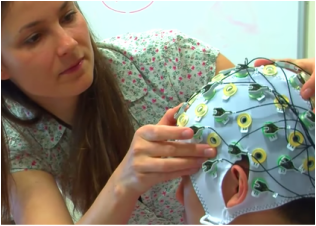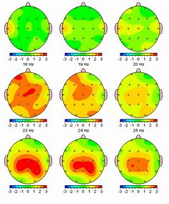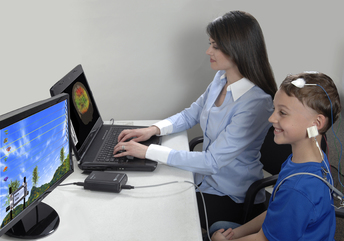What is neurofeedback?Neurofeedback is a biofeedback that enables a person to train their brainwaves and thereby improve abilities such as attention and emotional regulation. Biofeedback techniques use equipment that provides information on mental and physical processes that are usually beyond our conscious ability to perceive them. In the case of neurofeedback, it is the electroencephalogram that provides the feedback to the user. Sensors placed on the scalp amplify and digitalise the electric currents of the brain. When the person meets the criteria established by the clinician and produces the desired brainwaves, the game or movie being used advances and music plays. If the selected brainwave patterns are not present, the game either slows or stops and the auditory feedback changes or stops as well. In this way, the patient's brain automatically learns to produce the state required to achieve the desired results. Eventually, the brain develops and stabilizes new patterns which are more functional to the task being performed - focusing attention or regulating emotions.
|
The qEEG or quantitative electroencephalogram |
|
Neurofeedback
|
|
|
|
|
|
|
|


